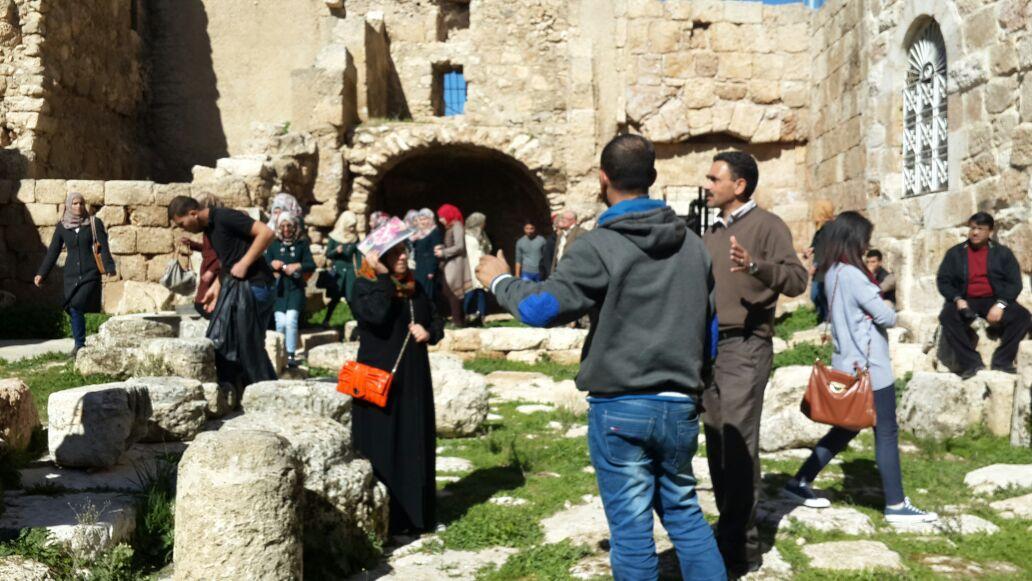Key aspects of a sustainable regeneration process
All over the world, people are migrating from
the rural areas towards the cities. Economic reasons are often the base for
this migration, but the city also attracts people for its social and cultural
life.
Also in Palestine people move out from the
rural areas towards the bigger cities, leaving the often historic valuable centers
abandoned. Most residents still living
in the historic centers are poor. They are often tenants, perceived by the
general public as those who don’t have the means to move to modern cities or
urban extensions, reinforcing the idea that historic centers and people living
in them are backward.
The Regeneration of Historic Centers (RHC)
program aims to change this perception and to bring life back to these historic
centers by focusing on their social, cultural and economic development. Four
key aspects distinguish the approach of the RHC program from other
rehabilitation programs.
The regeneration program goes beyond
rehabilitation. Reviving,
revitalizing, regenerating the historic centers needs more than stones and
mortar. It is not by rehabilitating the historic buildings that people will be
attracted to live or visit the historic center. When looking for a place to
live, people are looking for affordable housing, job opportunities, social
interaction, good public services, etc. A regeneration project takes into
account all of those dimensions.
Regeneration needs people. The presence of people
(inhabitants) is crucial for an effective regeneration. Without people to use
the rehabilitated spaces (buildings and open spaces), each and every
regeneration project is doomed to fail. A good balance between the
rehabilitation of historic buildings for socio-cultural or socio-economic use
and the rehabilitation for housing purposes is as such fundamental.
Regeneration projects don’t follow a linear
trace, but are
rather a multi-actor and multi-dimensional process that are characterized by
having different linked processes running in parallel. While processes at the
national level initiate policy making processes and encourage the development
of laws and by-laws, processes at the local level focus on capacity building of
the municipal staff to strengthen their heritage management skills. At the same
time, participation from the community is ensured through community
envisioning, memory mapping, community activation initiatives, etc. at
different stages of the program. Meanwhile, socio-economic, spatial, and
architectural analysis, pre-feasibility studies and business models are
prepared to serve as a base for the rehabilitation designs. In a final stage,
rehabilitation projects are designed and implemented.
And finally, the program goes beyond the regeneration
itself. Even after the functions are in place, the RHC program continues. The
operators of the newly rehabilitated buildings are supported through on-job
training, IT support and capacity training on marketing while local and
national staff are continuously supported to fulfill their role and
responsibilities.
Latest news from this project
No news

